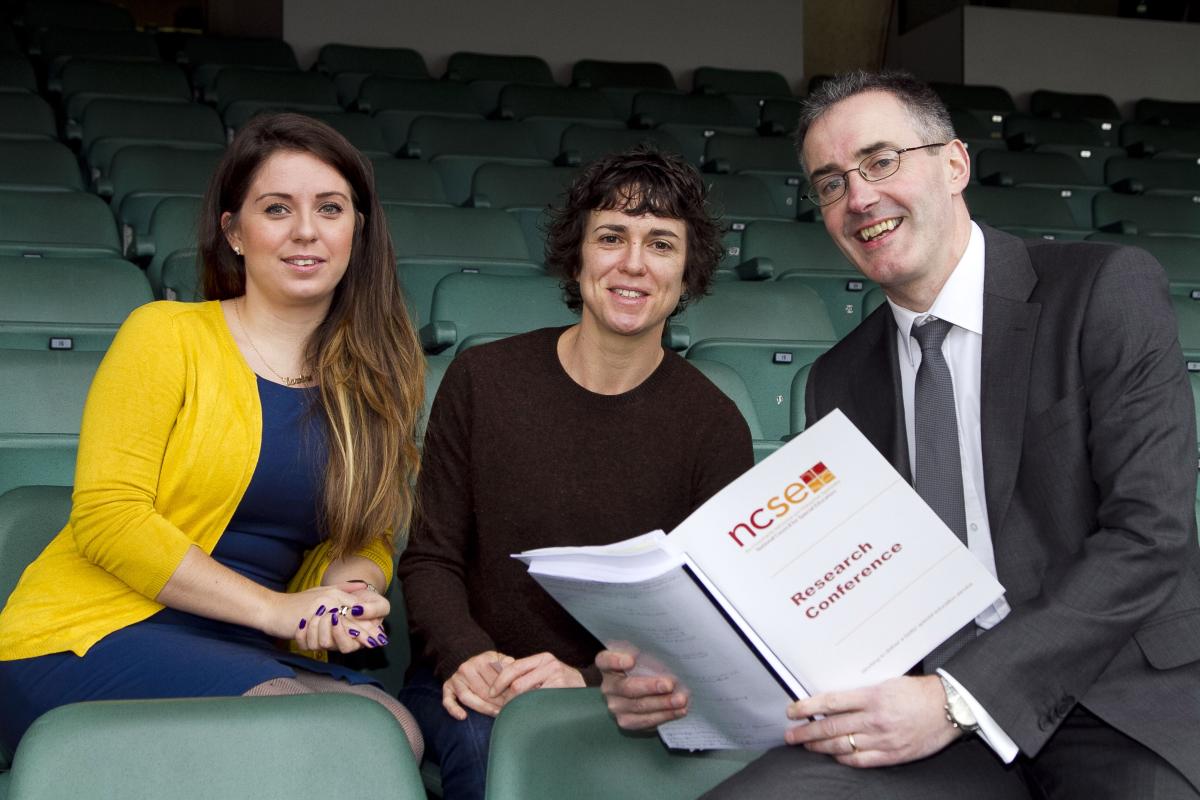

Launch of NCSE Report
Joint ERC and DCU Institute of Education report published by the National Council for Special Education
The National Council for Special Education have just published a large scale report commissioned from a partnership of the Educational Research Centre (Jude Cosgrove, Caroline Mc Keown, Peter Archer) and DCU Institute of Education (Joe Travers, Órla NÍ Bhroin, Zita Lysaght). It is a secondary analysis of the Growing up in Ireland special educational needs data from the 13 year old cohort in comparison with the 9 year old cohort. Below is an extract from the foreword:
The report details students’ education progress in a number of areas, including: reading and maths test results; attitudes towards school; attendance rates; experience of being bullied; moods and feelings; and wellbeing. It notes that some positive progress has been made in certain areas for students with special educational needs between the ages of nine and 13. While there was a small increase in average wellbeing scores for all students, this was more marked for students with special educational needs. More progress was also made between ages 9 and 13 by students with special educational needs in reading/verbal reasoning scores compared to students without special educational needs.
However, despite this progress since they were nine years of age, 13 year old students with special educational needs are still faring worse than their peers without special educational needs in a number of areas. In the area of wellbeing, students with special educational needs still had significantly lower scores overall than students without special educational needs aged 13. This reflects the relatively low base from which they started from at age 9, and the particularly low scores for 13 year old students with behavioural, emotional and social difficulties, general learning difficulties, autism spectrum disorder or multiple special educational needs.
Twice as many students with special educational needs than without special educational needs at age 13 reported being bullied. Students with special educational needs also adjusted less well to post primary school than students without special educational needs. This report provides further insights into how students with special educational needs are faring in the education system. As such, it should be of interest to all those working to improve outcomes for students with special educational needs.
